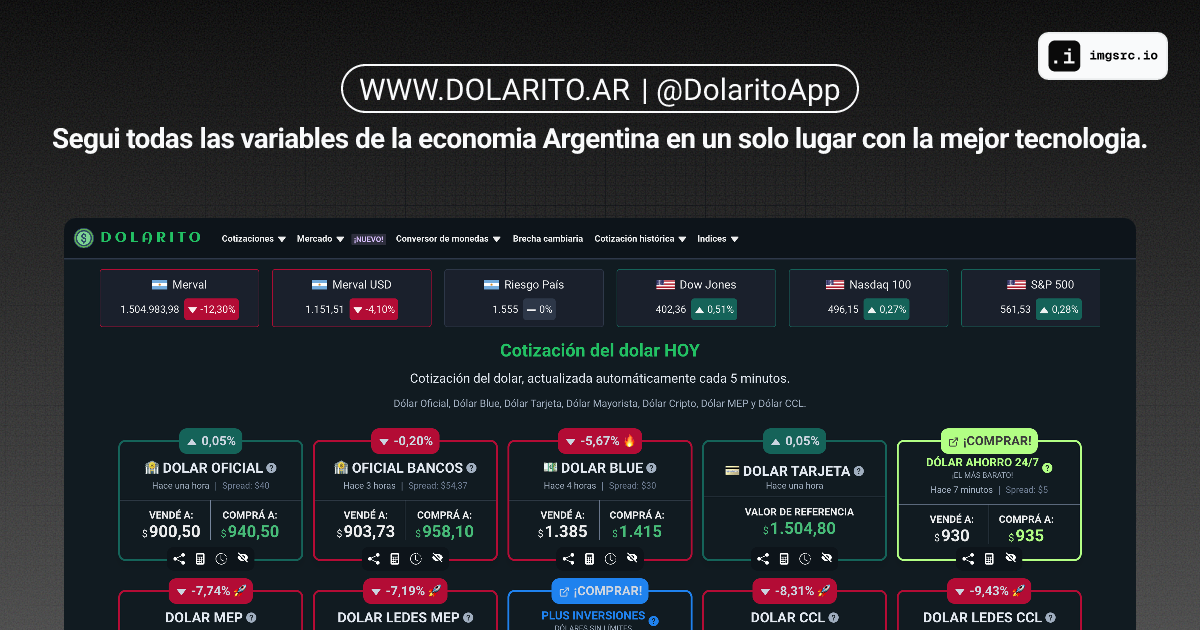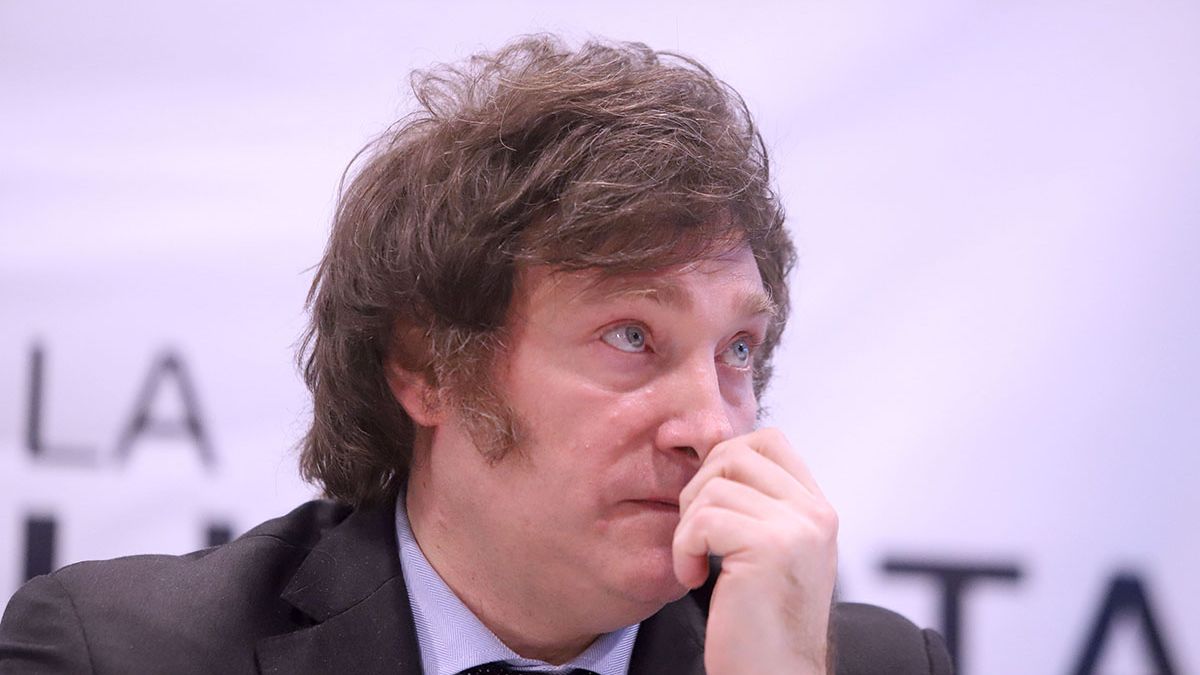fetch rover
Well-known member
Call me stupid but I asked my husband who lived in Argentina many years ago before we got married how this would work and what It means. He just told me they want to change everything to US dollars but told me it would be nearly impossible. I'm trying to do research to understand this as we may move there in a few months. Here is my take. Is this right?
I Imagine Argentina going through a big change in the way they use money. Some people are talking about "dollarization," which means using the US dollar instead of their own currency, the peso. This idea has been tried by a few other countries before it seems.
Here's the twist: In this story, the Argentine government plays a starring role. They decide to get rid of their own money, the peso, and choose the US dollar instead. The interesting part is how they plan to do it. They want to buy all the pesos people have with them at a special rate they decide, which is 1 US dollar for every 800 Argentine pesos.
So, all the buying and selling happening in the country starts following this new rate – $1 USD equals $800 ARS. It's different from the old rate, which was $1 USD for $400 ARS before President Milei devalued the official rate. This shift makes people who have pesos think about what it means for them.
This story leaves me with questions and speculations about what could happen next. It's like watching an economic drama unfold, with the audience wondering about the twists and turns in this potential money makeover. Is my take correct?
I Imagine Argentina going through a big change in the way they use money. Some people are talking about "dollarization," which means using the US dollar instead of their own currency, the peso. This idea has been tried by a few other countries before it seems.
Here's the twist: In this story, the Argentine government plays a starring role. They decide to get rid of their own money, the peso, and choose the US dollar instead. The interesting part is how they plan to do it. They want to buy all the pesos people have with them at a special rate they decide, which is 1 US dollar for every 800 Argentine pesos.
So, all the buying and selling happening in the country starts following this new rate – $1 USD equals $800 ARS. It's different from the old rate, which was $1 USD for $400 ARS before President Milei devalued the official rate. This shift makes people who have pesos think about what it means for them.
This story leaves me with questions and speculations about what could happen next. It's like watching an economic drama unfold, with the audience wondering about the twists and turns in this potential money makeover. Is my take correct?






